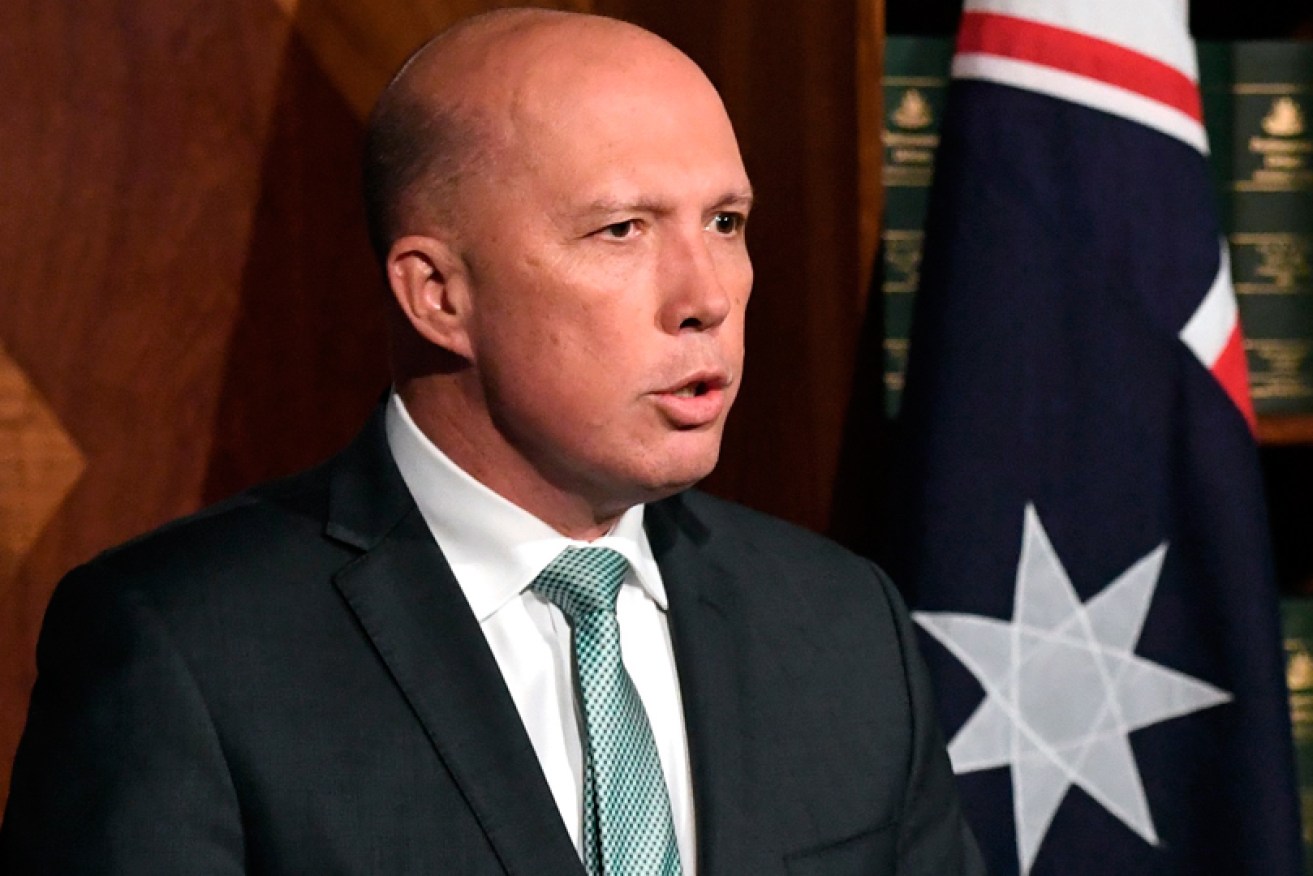Temporary work visas drop as population crackdown continues


The impact of Peter Dutton's cuts are becoming obvious. Photo: Getty
First, Home Affairs Minister Peter Dutton took the axe to permanent visas. Now the evidence is coming in of the crackdown on temporary workers.
Figures released over the weekend showed there were 147,339 temporary workers here on the superceded “457” or new TSS (temporary skill shortage) visas on June 30. That’s down by 9 per cent from 161,413 a year before and by 14 per cent from 2016’s 170,585.
The cut in temporary work visas follows 162,417 permanent migrant visas being issued last financial year compared with the “cap” of 190,000. The 190,000 figure used to be considered a “target”.
Temporary workers have been a political focus for both Labor and the Coalition, never mind Pauline Hanson campaigning for drastic cuts to visas of all descriptions.
Parliamentary Library researcher Henry Sherrell – one of the few to have a close understanding of population and migration statistics – has highlighted how quickly temporary skilled migrant visas have been curtailed, especially for those applying from overseas.
The number granted to people outside Australia has more than halved since 2011-12.
But while the contentious TSS visas are being cut, other categories have continued to grow with the biggest rise in bridging visas. There were 176,216 on issue on June 30, up from 137,420 a year before.
That increase is likely to reflect the slowdown in processing of permanent visas by Mr Dutton’s department, especially for spouses who come under the “family reunion” category.
Student visas continued to grow, up 10 per cent to 486,934 and “temporary resident (Other)” jumped by 20,450 to 109,730.
Along with more visitor visas and an extra 7804 “special category” visas for New Zealanders – there were 673,198 on June 30 – there were 2.05 million visa holders, an increase of 5.5 per cent.
To be counted as part of Australia’s population growth though, visa holders have to be here for at least a year.
The reduction in TSS and permanent visas come as population growth remains in the political spotlight, helped by the Australian Bureau of Statistics’ population clock ticking over 25 million last week.
The government reportedly is considering measures to push migrants to regional and rural areas, rather than Sydney and Melbourne where the majority now head.
The catch there is the chicken-and-the-egg relationship between migrants and jobs. Most migrants head for the two biggest cities because that is where the jobs are.
The latest detailed ABS labour force figures recorded an unemployment rate for Greater Sydney of 4.1 per cent – the lowest in more than four decades and compared with the national unemployment rate of 5.4 per cent.
The availability of work attracts skilled migrants and they in turn create further employment.









